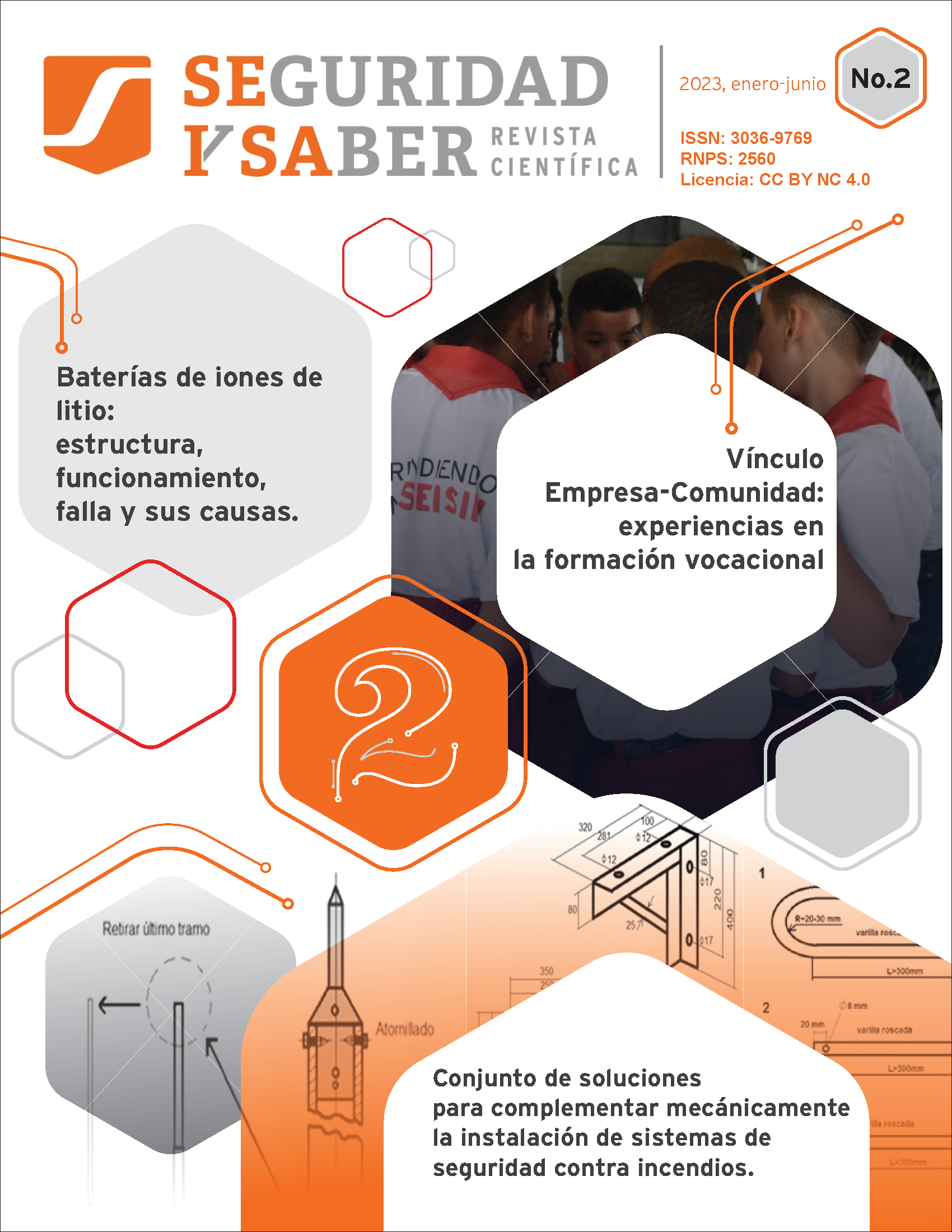Improvement of the risk prevention plan at the SEISA branch – Artemisa, Pinar del Río
##plugins.themes.bootstrap3.article.main##
Abstract
The identifcation of risks has been of great importance since ancient times for man, not only for the family, but also involves merchants, managers, governments, companies, among others. It is inevitable to live in a world without risks and this has motivated many specialists and scientists from different fields and branches to seek ways to reduce or eliminate their effects. To carry out this work, we start from a theoretical and methodological foundation for carrying out a diagnosis of risk management using the historical-logical research method; and thus be able to know if the risks are analyzed according to their probability of occurrence and impact, if their management covers all processes and if the risks are managed in such a way that they remain within an acceptable range and that this management provides reasonable security on the achievement of the entity’s objectives.
Downloads
##plugins.themes.bootstrap3.article.details##

This work is licensed under a Creative Commons Attribution-NonCommercial-ShareAlike 4.0 International License.
References
Anderson, B., Labarge, S., & McLeod, D. (2006). Entendido la Administracion de Riesgo Empresarial. 4.
Carballo, J. P. (2005). Centro de Evaluación y Desarrollo EmpresarialL.
Figueroa, R. C., & López Parra, M. E. (2004). ¿ CÓMO Determinar su Riesgo Empresarial? Revista Escuela de Administracion de Negocios 68........
Gómez., G. E. (s.f.). El costo de capital - Implicaciones empresariales frente a la inversión. Instrumentos, Inversiones, Riesgo y Financiamiento.
Hill, R. B. (1999). Principios de Finanzas Corporativas. España: 2ª Edición.
International Organization for Standardization, I. 3. (2009). Risk Management- Principles and Guidelines. Suiza.
Mejía Quijano, R. C. (2011). El riesgo y la historia empresarial antioqueña. Tres casos de estudio. Medellín: Fondo Editorial Universidad

